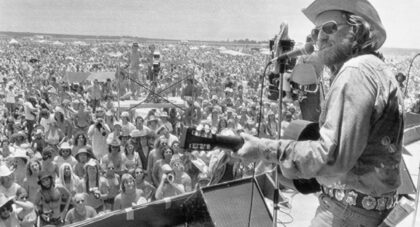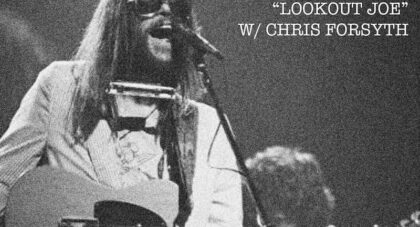Jimmy Jumpjump and animator Al Jarnow join us to discuss the rollicking new Sloppy Heads album Sometimes Just One Second, The Grateful Dead, Gary Panter, and more . . .
Only the good shit. Aquarium Drunkard is powered by its patrons. Keep the servers humming and help us continue doing it by pledging your support.
To continue reading, become a member or log in.


